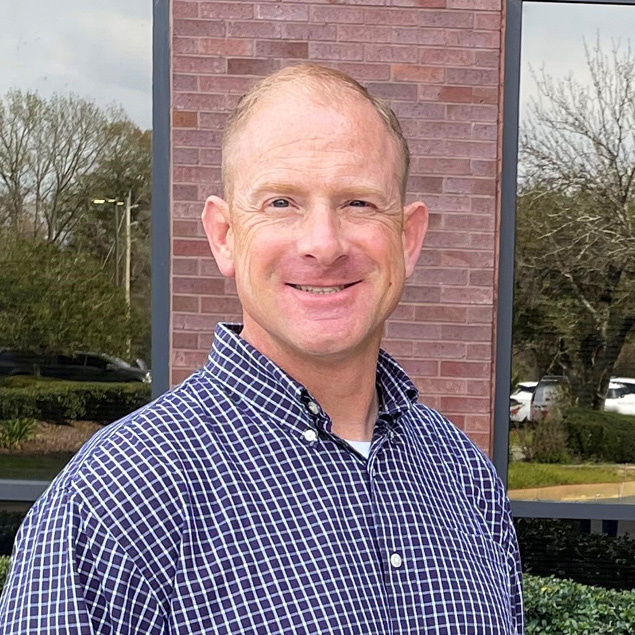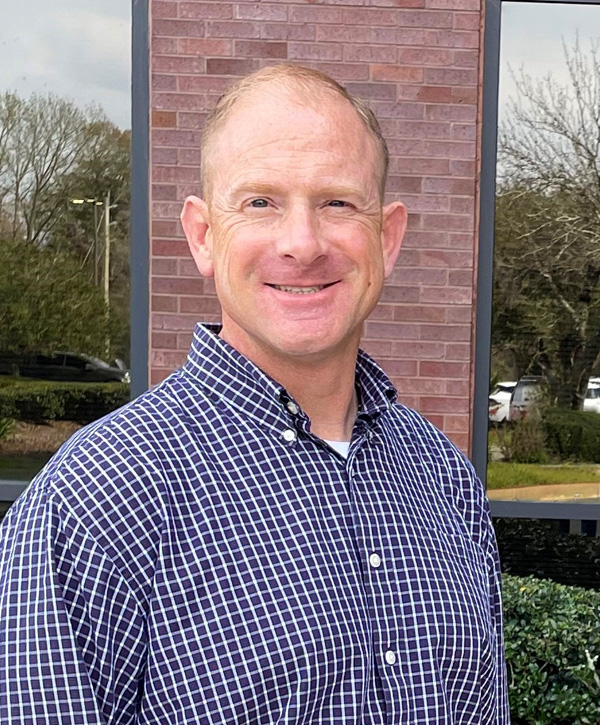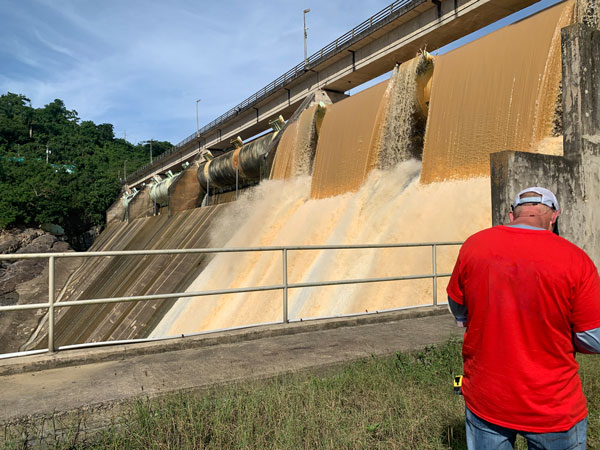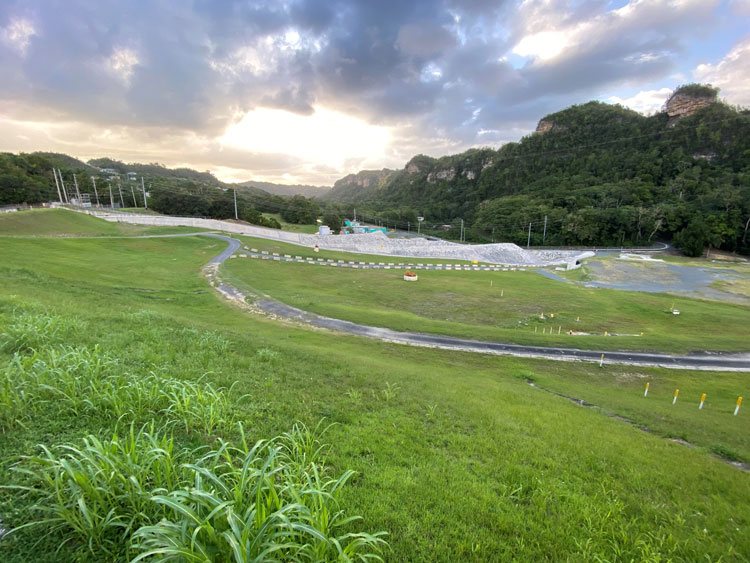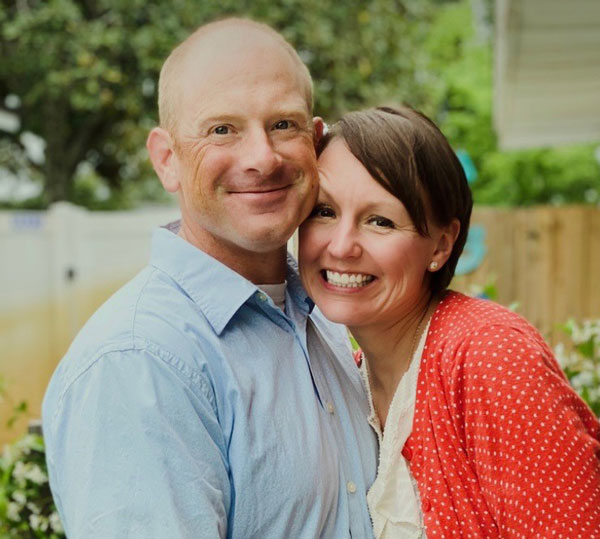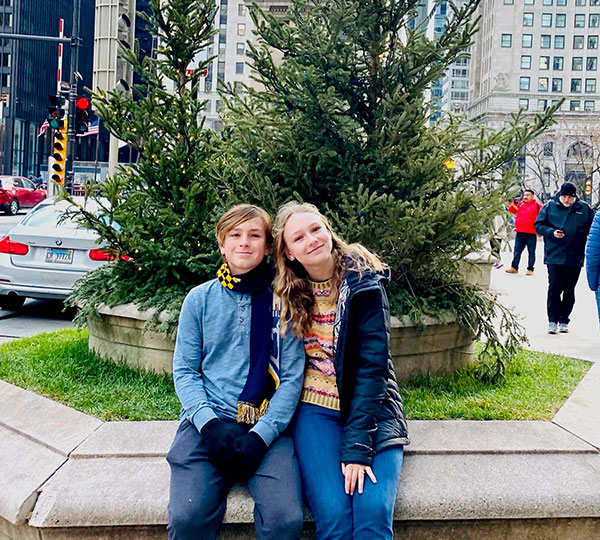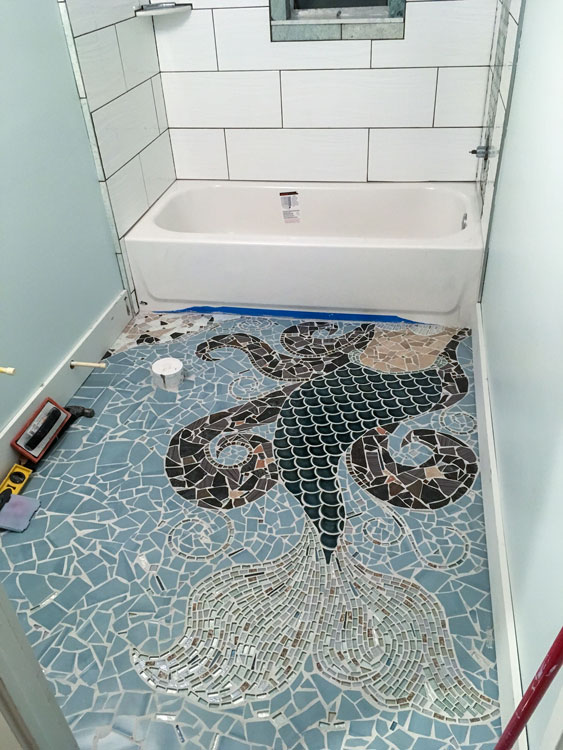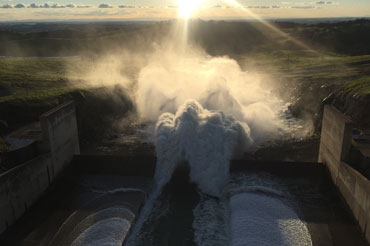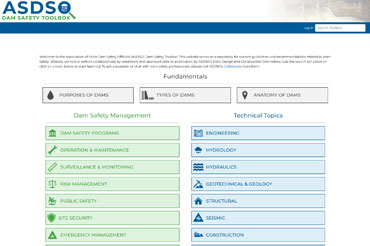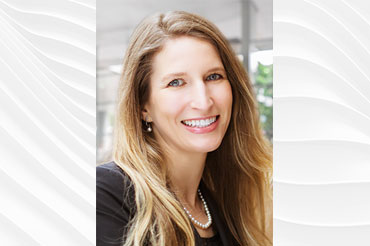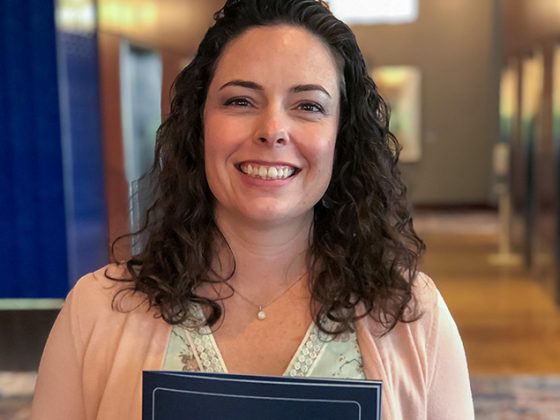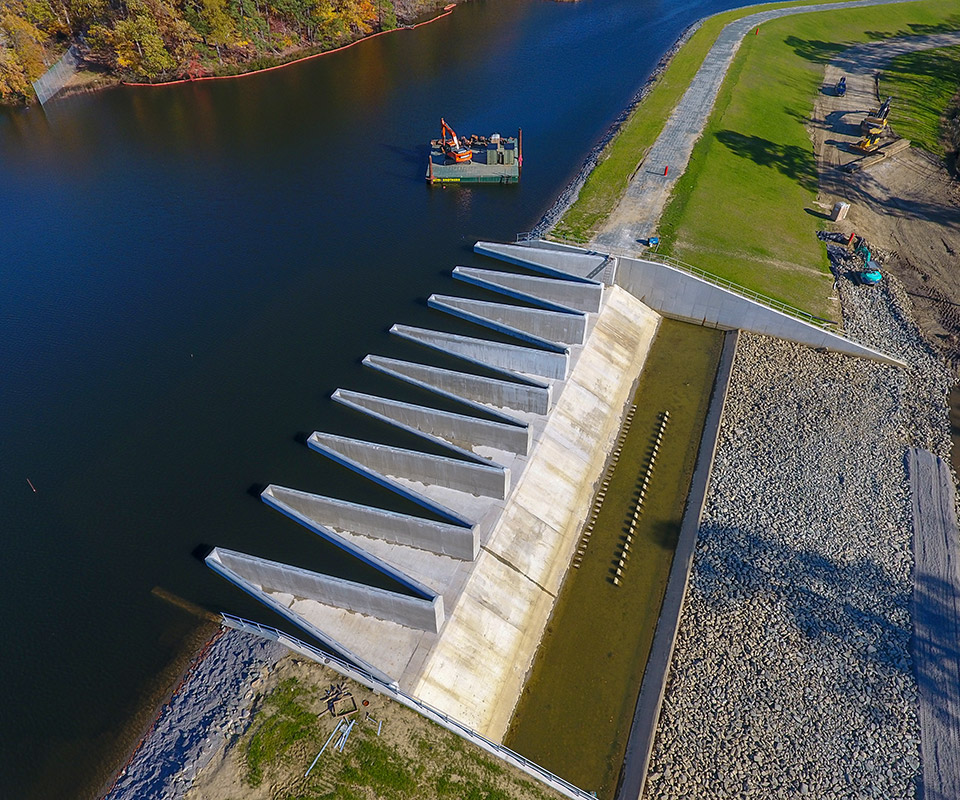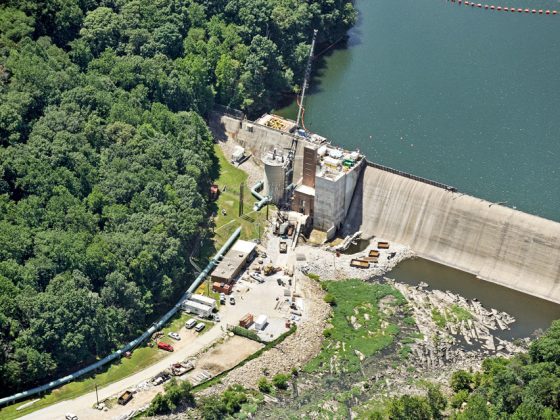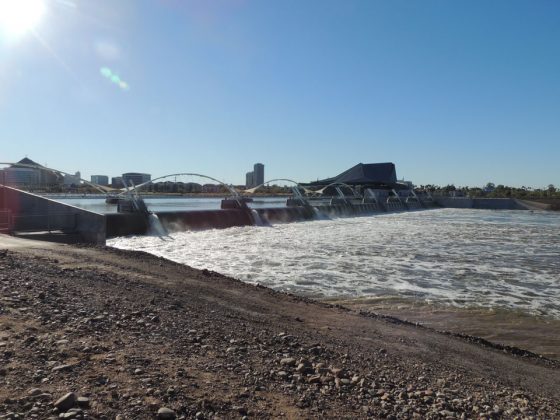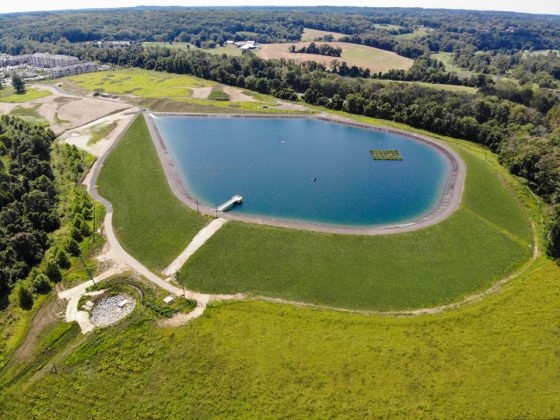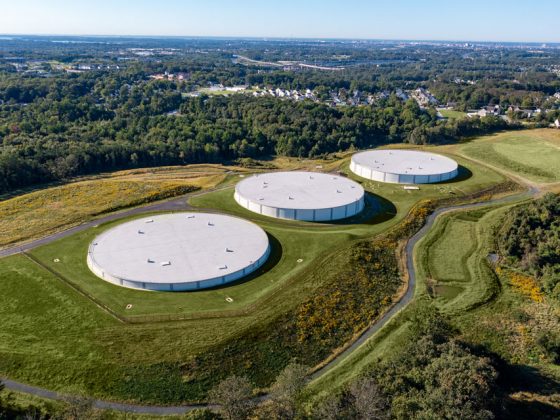Sam Hutsell, PE
PRINCIPAL ENGINEER – GEOTECHNICAL, DAMS & HYDRAULICS
LOCATION: JACKSONVILLE, FLA.
Sam Hutsell, PE
PRINCIPAL ENGINEER – GEOTECHNICAL, DAMS & HYDRAULICS
LOCATION: JACKSONVILLE, FLA.
“My goal is to foster a collaborative spirit with our clients, understanding their unique challenges and objectives to deliver solutions that uphold the highest standards of quality.”
Seepage, slope stabilization, and spillway challenges are no match for Principal Engineer Sam Hutsell, PE. During the past 24 years, including 15 with the U.S. Army Corps of Engineers (USACE), Sam’s impressive career journey took him to project locations across the continental U.S. and Puerto Rico, where he bolstered critical dams and levees to safeguard communities and enhance public safety. Now part of Gannett Fleming, Sam is leveraging his deep experience and collaborative spirit to deliver exceptional value to our clients.
Get to know Sam, whose career is distinguished not just by constructing infrastructure but by building a safer, more resilient world for future generations.
Tell us about your industry experience.
In 2023, I notched the 24th year of my career in the engineering industry, a journey largely dedicated to geotechnical engineering for dams and levees. Over the years, I’ve had the privilege of contributing to numerous dam and levee projects of significance across the continental U.S., as well as in Puerto Rico. Along the way, I progressed from project engineer to team leader to, most recently, supervisor of the Dams and Levees Section of the USACE Jacksonville District.
These roles afforded me extensive experience in various facets of civil works projects, including the planning, exploration, design, construction, and inspection of critical infrastructure. This work involved tackling complex challenges related to earth and rockfill embankments, seepage management, armor and soil stabilization, spillway structures, pump stations, and culverts. My involvement also extended to conducting risk assessments and potential failure mode analyses, participating in numerous ecosystem restoration initiatives, and leading several post-failure geotechnical investigations.
How can your experience working with USACE bring value to Gannett Fleming’s clients?
My 15-year tenure with USACE equipped me with a broad spectrum of experiences, ranging from spearheading projects of immense scope, scale, and complexity, such as aboveground pumped storage reservoirs with miles of earthen embankment that qualify as high-hazard dams, to more modest initiatives aimed at flood control and erosion protection under the Continuing Authorities Program (CAP). These projects, despite their varying scales, shared the common demands of navigating unique challenges and required the formulation and application of diverse design approaches and innovative solutions.
At USACE, swiftly delivering engineering solutions of the highest caliber was paramount. This was achieved through a collaborative ethos, working in concert with a variety of partners, including non-federal sponsors, stakeholders, and local municipalities, to ensure the end products met their expectations. This experience honed my ability to provide innovative, practical, and efficient solutions tailored to meet specific needs.
Here at Gannett Fleming, I am committed to leveraging my expertise to benefit our clients – continuing the same mission of delivering excellence that I pursued at USACE. My goal is to foster a collaborative spirit with our clients, understanding their unique challenges and objectives to deliver solutions that uphold the highest standards of quality.
What are some of the most impactful projects you’ve worked on during your career?
I’ve had the privilege of contributing to a multitude of projects that have served the public good, advanced ecosystem restoration, and bolstered life and safety protections. Among these, the projects focused on emergency response have been particularly impactful, necessitating immediate and decisive action in regions ravaged by natural disasters. My work with USACE was predominantly in the southeastern U.S. and the Caribbean islands, areas frequently affected by severe tropical storms requiring urgent dam and levee safety interventions.
One project that stands as a testament to these efforts is the Guajataca Dam in Puerto Rico. In September 2017, hurricanes Irma and Maria produced extraordinarily heavy rainfall, leading to critical water levels at Guajataca Lake and unprecedented flow within the dam’s spillway. The resultant severe erosion damage removed approximately 350 feet of the concrete-lined spillway, its underlying foundation soils, and significant portions of the adjacent fill that buttressed the dam against landslide-related movement.
The potential for continued back-cutting erosion was putting the dam at high risk of potential failure. In addition, the erosion severed a vital water supply line that crossed the damaged spillway alignment, disrupting service to more than 250,000 residents.
The urgency and complexity of the circumstances at Guajataca Dam called for an exceptionally collaborative effort between USACE, the dam owner – the Puerto Rico Electric Power Authority – and the construction contractor. I was fortunate to be a part of this extraordinary team as the project’s lead geotechnical engineer, responsible for overseeing the development and implementation of key aspects of the Interim Risk Reduction Measures (IRRM). The IRRMs were crucial in mitigating immediate risks to the downstream population while permanent repairs were planned, designed, and constructed.
My role involved boots-on-the-ground support during the early emergency stabilization operations, significant design contributions, and leading a dedicated team of geotechnical engineers throughout the project’s IRRM phases. Completed in September 2019, the effort was marked by sound engineering practices, innovative solutions, and hard work. The team overcame countless challenges to deliver the project and accomplish the mission, achieving all the goals for the IRRMs, providing a robust and resilient spillway system, and restoring the water supply to the people of Puerto Rico.
You have significant experience with aboveground pumped storage reservoirs. What can you tell us about this experience and the unique nuances of this type of infrastructure?
Aboveground pumped storage reservoirs encompass a range of unique and complex challenges that demand a sophisticated understanding of geotechnical engineering principles and dam safety protocols. These facilities often feature extensive earthen embankments, encircling and impounding deep pools that can exceed 20 feet in depth. These reservoirs form isolated dam systems that are often situated near populated areas and critical infrastructure and can often be classified as “high hazard.”
The foundation conditions for these reservoirs can vary significantly, ranging from highly permeable to nearly impermeable zones and including areas with soft soils, voids, and organic material deposits. Such variability can critically affect the stability and settlement of the massive embankments.
These variable conditions also have tremendous impact on the seepage conditions below and within the embankment. To address these challenges, intricate seepage management systems are essential. These may include multi-stage granular filters and drains, collection and discharge piping, cut-off walls, and amended soil cores, all designed to collect and/or direct foundation under seepage and embankment through seepage effectively.
Additionally, hydraulic structures such as spillways, culverts, and pump stations are vital for the operation of the reservoir, ensuring safe and adequate water passage over and through the erodible soil embankment.
The design complexities are further compounded by external factors, such as the fluctuating water levels of nearby canals and river systems due to operational changes or seasonal variations, which can introduce problematic loading and seepage conditions. Challenges also arise from the logistics of sourcing sufficient embankment fill, developing mix designs for soil-cement embankment armor systems to mitigate wave- and runoff-related erosion, and addressing potential impacts from prior land use, such as remnants of old irrigation systems.
Integrating these elements requires a comprehensive system design, with a deep understanding of potential failure modes and the interdependencies within the design components. This holistic approach must then be meticulously translated into a complete set of plans and specifications. And that’s just the design portion!
As geotechnical and dam safety engineers, our responsibility extends beyond the design phase, requiring ongoing support through the construction process. This involves a vigilant commitment to ensuring quality construction and adherence to design requirements and maintaining open communication with construction teams to address any emergent challenges, field condition changes, material shortages, and other factors that could influence dam safety.
In essence, successfully navigating the complexities of pumped storage reservoir projects demands a blend of critical thinking, significant experience, practical application, and ingenuity to craft sound, efficient, cost-effective, constructible, and sustainable solutions that stand the test of time.
Resilience plays a significant role in shoring up our nation’s dam and levee safety. What is your experience with resilient infrastructure, and how do you approach resiliency in your engineering designs?
My experience in resilient infrastructure is deeply rooted in USACE’s “three Rs” design philosophy: robustness, redundancy, and resiliency. These elements are critical in projects with significant implications for life safety, and their relevance cannot be overstated. In recent years, the integration of risk-informed design has increasingly become a cornerstone of our approach, steering project designs toward bolstering the resilience of crucial components that are most vulnerable to failure.
In addressing the resilience of infrastructure within my engineering designs, the initial step involves thoroughly evaluating the risks involved, identifying potential failure modes, and understanding the consequential impacts of such failures. This foundational knowledge enables a more targeted application of the three Rs.
My methodology for incorporating resilience into engineering designs is multifaceted, encompassing the adherence to established engineering guidelines and design criteria set forth by authorities such as USACE, the Bureau of Reclamation, the Federal Emergency Management Agency, and the Federal Highway Administration.
Additionally, I integrate USACE and industry best practices, drawing upon a wealth of personal experiences, insights from trusted colleagues, relevant case studies, and the application of good engineering judgment. This comprehensive approach ensures that the infrastructure projects I am involved in are not only robust and redundant but also disaster resilient, capable of enduring and adapting to the evolving demands and threats posed by our changing environment.
Why did you choose Gannett Fleming?
In January 2024, I embarked on a new chapter of my professional journey by joining Gannett Fleming, following a rewarding 9-year tenure in consulting and 15 years with USACE. This cumulative experience enriched me with invaluable engineering expertise and leadership acumen.
As my career evolved, I found myself seeking opportunities to further expand my skills and deepen my insights into the business of engineering. My search for a change was not just about finding a place where I could grow professionally but also about aligning with an organization whose values resonated with mine. Gannett Fleming emerged as the perfect match.
The firm’s commitment to excellence, innovation, and integrity mirrored my professional values. Additionally, the experiences shared by two former colleagues, Scott Burch and Elizabeth Landowski, who had joined Gannett Fleming, provided me a glimpse into the culture and opportunities within the company.
Their stories of personal growth and professional fulfillment within the firm were compelling and were a significant factor in my decision-making process. Witnessing their satisfaction and development at Gannett Fleming reinforced my choice, assuring me that this was the environment where I could thrive and contribute meaningfully to our shared goals.
Tell us about your family, including your favorite family tradition.
I have been married to my wonderful wife, Tori, for over 21 years. We have two great kids – Ella, 16, and Holland, 14 – and a sweet little puppy named Star (named by Ella). As far as traditions go, ours are probably like most, including holidays, vacations, etc. In general, we just strive to be present in each other’s lives as much as we can, being involved and supporting each other in whatever we do, like soccer and debate competitions.
What’s one thing most people don’t know about you?
I am a bit of an amateur home improvement enthusiast. In 2015, after finding a small “fixer-upper” home in Jacksonville Beach, we embarked on what was supposed to be a mostly cosmetic upgrade. However, this quickly turned into a massive renovation project that required a near gutting of the existing structure.
Through this experience (mostly on nights and weekends) and with the help of some good friends, I learned and refined skills in demolition, the installation of cabinets, appliances, trim, doors, windows, and tile, application of concrete stain, construction of privacy fencing and pool decking, landscaping, and some minor framing, siding, plumbing, and wiring. I have also done more painting and hanging of ceiling fans than I care to remember.
When able, I am also an aspiring runner and soccer fan and a part-time coach for youth jiu-jitsu and wrestling.
A very polarizing topic: Does pineapple belong on pizza?
Certainly… on your half. Just kidding. Please enjoy your pizza. I’ll be out at the grill, tending to my ribeye.

JOIN OUR JOURNEY
Ready to tackle some of the biggest challenges facing our communities? Join the team that’s leading the charge.
Featured News & INSIGHTS
Featured Projects

